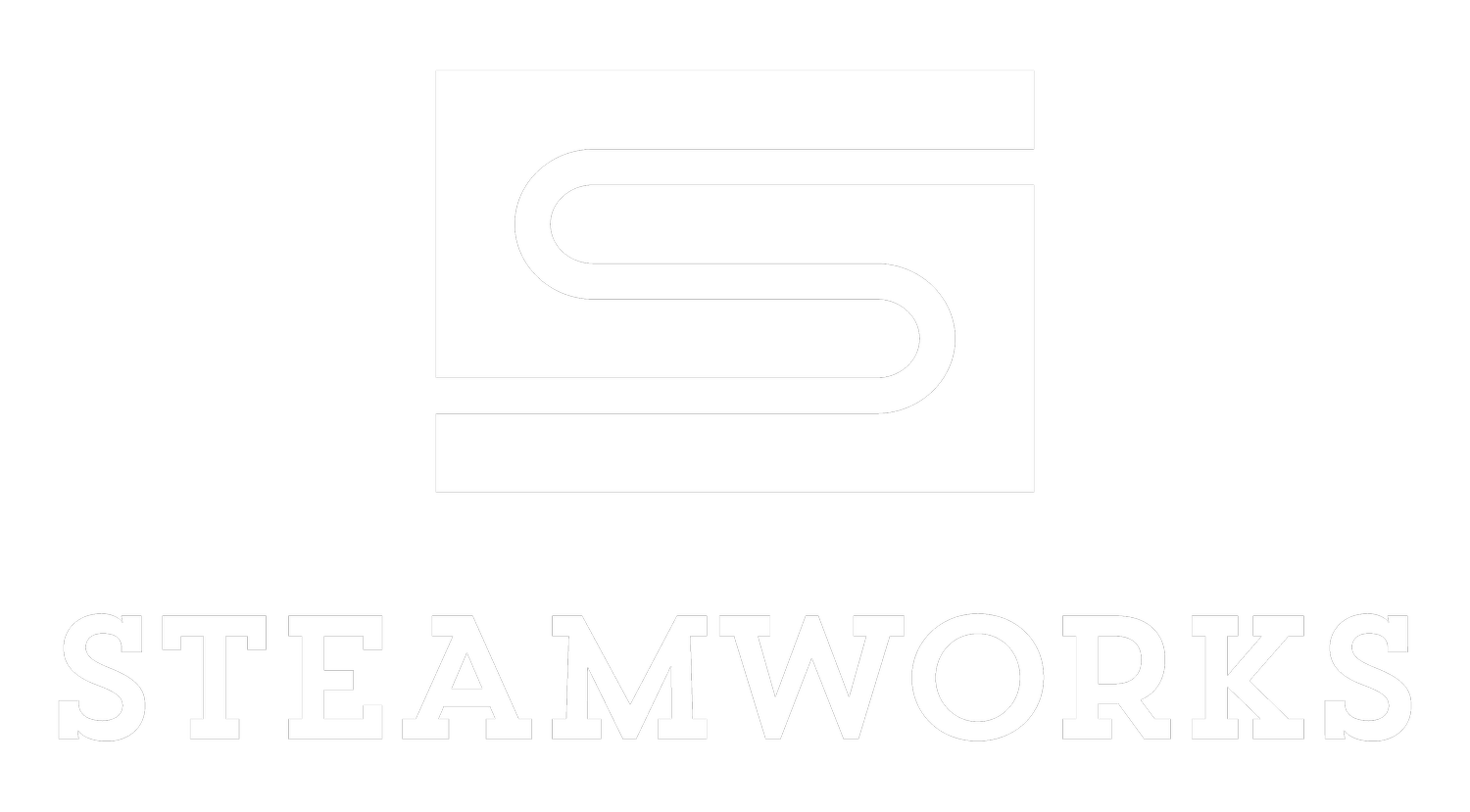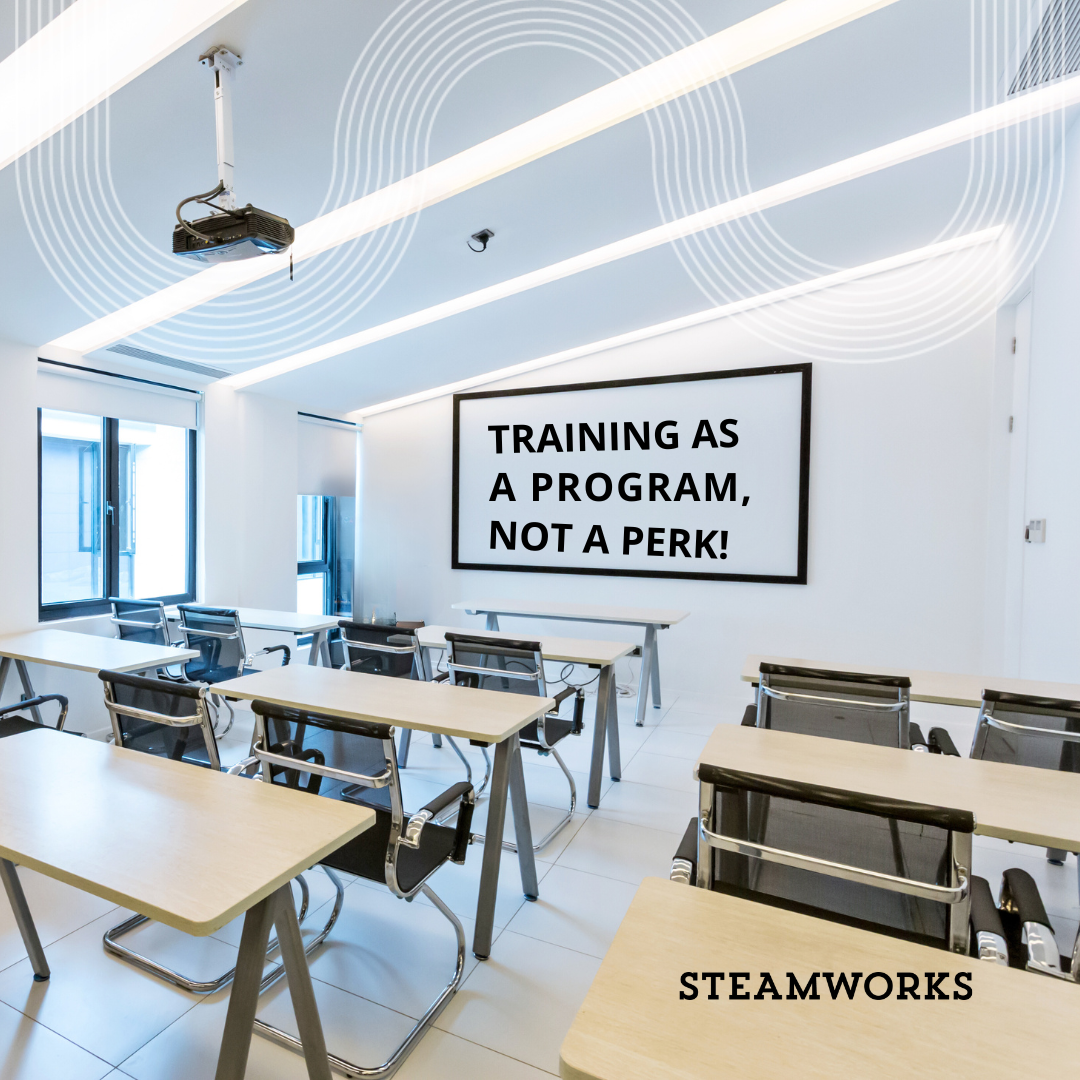Training as a Program, Not a Perk.
In today’s competitive business landscape, enhancing employee skills is no longer just a bonus; it's a strategic necessity. Training must be approached as an integral program within the organization, not just a perk offered sporadically. Here’s why this paradigm shift is crucial for both companies and their employees.
The Fundamental Value of Training
Traditionally, training was seen as a luxury or an additional benefit — a perk. However, this view is rapidly changing. Companies now recognize that effective and ongoing training programs are essential for maintaining a competitive edge and driving innovation. Training must be embedded into the core culture of an organization, fostering an environment where continuous learning is expected and valued.
Benefits for the Company
Increased Competitiveness: A well-trained workforce is a company’s greatest asset. Employees who are continually learning can adapt to industry changes quicker and contribute to innovative approaches.
Employee Retention: When employees see that their organization is investing in their growth, they are more likely to stay. This reduces turnover rates and the costs associated with hiring and training new staff.
Improved Performance: Regular training programs ensure that employees' skills remain sharp and their knowledge up-to-date, leading to better overall performance and productivity.
Benefits for Employees
Career Advancement: Employees are not just working for a paycheck; many are looking for career growth opportunities. Structured training programs provide a clear path for advancement within the organization.
Skill Enhancement: Training employees on the latest tools and practices helps them remain relevant in their field, increasing their confidence and job satisfaction.
Increased Engagement: When employees are developing and utilizing their skills, they are more engaged in their work, which improves morale and boosts workplace culture.
Implementing a Training Program
Assess Needs: Identify the skills that are necessary for your industry and assess your team’s current capabilities and potential gaps. Keep in mind that some of your current personnel may be aging out by entering into retirement.
Create a Structured Program: Seek a curriculum that includes both foundational skills and advanced topics.
Measure Success: This training should include metrics to evaluate the effectiveness of the training. Employee feedback, skill assessments, and performance indicators can all provide insights into the training program’s impact.
Encourage a Culture of Learning: Foster an environment where learning is celebrated. Encourage team members to participate in ongoing education and share their insights and knowledge with colleagues.
As we move forward, seeing training as a core program within your organization’s strategy rather than a mere benefit will be integral to achieving long-term success and growth. Emphasizing continuous development aligns the aspirations of employees with the objectives of the organization, ensuring that everyone moves towards a common goal.
Steamworks offers a cohesive training program that not only prepares your workforce for the present but also builds a foundation for future challenges and opportunities.
By investing in your employees today, you set the stage for innovation and success tomorrow.
This strategic perspective elevates training from a simple employee benefit to a key driver of organizational success, paving the way for sustainable growth and heightened employee engagement.
Need help creating your training program? STEAMWORKS can help. Contact us today!

